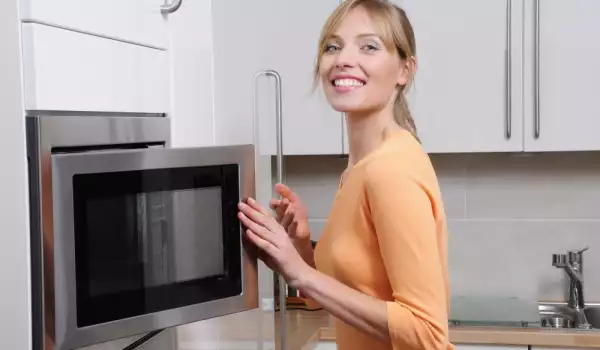You buy frozen fish and all you have to do is defrost it and cook it. So what's the best way to defrost fish?
How is fish defrosted?
The main concern when defrosting frozen fish is safety. By this we mean minimizing the growth of bacteria that can cause food poisoning. It turns out that the most effective way to defrost fish is also the safest.
Note that we assume your fish is commercially frozen and vacuum sealed. This includes individual portions, whether it's fish steaks or fillets, and even whole fish like tilapia or trout. There are two preferred methods for defrosting frozen fish and which one you use depends mainly on how much time you have.
Defrosting fish in the refrigerator
The absolute best way to defrost fish is to refrigerate it overnight. Just transfer it from the freezer to the fridge before you go to bed and it will be ready to cook the next day.
If your fish is vacuum sealed, you don't have to worry about it leaking. You can simply place it on a plate or tray or even directly on the fridge shelf. Then when you're ready to cook fish, open, rinse the fish and dry it with paper towels and you're done.
The reason this defrosting method is the best is because it ensures that the fish are never warm enough to give the food-borne bacteria a chance to multiply. The main downside is forgetting to take it out of the freezer the night before. If the slices are thin enough, you might be able to get away with it in the morning if you plan to make it for dinner.

Defrosting fish in cold water
The next best way, and much faster, is to defrost the fish in cold water. Again, assuming your fish is sealed in moisture-proof packaging, simply place the fish in a shallow bowl in the sink, fill it with water, and run the faucet a little so that a gentle stream of water flows into the bowl. And make sure the water is cold, not warm and definitely not hot.
Because it completely surrounds the fish, the cold water will defrost it faster than the cold air of the refrigerator. And even a small stream of water will lead to a slight convection effect, which will significantly speed up the process. This technique should take no more than 30 minutes, although you can check on it after 20 to see how it's going. As before, once defrosted, open package, rinse fish and dry with paper towels.
You can also combine the water method of defrosting food with the refrigerator method. Just submerge the packet in water in a large bowl and transfer everything to the fridge. This will take a little longer than the running water method, but still quite a bit faster than the regular refrigerator method. The advantage is that by leaving it in the fridge, you minimize the risk of bacteria.
But whatever you do, don't submerge the fish in water unless it's sealed in plastic. This will lead to waterlogging. If it is not already sealed, seal it in a plastic bag before submerging it.
How NOT to defrost fish?
Between these two methods, there's really no reason to try anything else. But in case you are tempted, remember that defrosting in warm water or on the counter at room temperature are not suitable options. Both methods can create a food safety risk. And hot water can cause unwanted changes in texture.
And as for defrosting in the microwave, that's the worst method of all. The microwave heats unevenly and will eventually cook parts of the fish, creating a product safety risk. Considering you can use the running water method for a while and defrost your fish in half an hour, there's really no reason to resort to that.

Why does frozen fish turn mushy?
One of the problems that can affect frozen fish is that once it defrosts, it can have a mushy texture. This can happen if you submerge the fish directly in water, without plastic around it, as mentioned earlier. But there is another factor that can cause this, although it is quite rare.
Fish, like all living things, are made up of millions of cells, and these cells contain fluid. When the fish is frozen, this liquid also freezes. If the freezing process happens too slowly, this liquid can form ice crystals that will destroy the cells of the fish. When this fish is defrosted later and cooked, this liquid will ooze out, forming a mushy texture.
Thicker fish, because they take a little longer to freeze, are more likely to show this problem, although if they have been and frozen properly, it shouldn't happen. But assuming you defrosted it properly and this happens, it's most likely caused by something that happened before you bought the fish, not the way you defrosted it.
However, when your fish is defrosted, you can prepare delicious dishes with it, including grilled fish, oven-baked fish, and why not fish casserole and fish soup!




















Comments